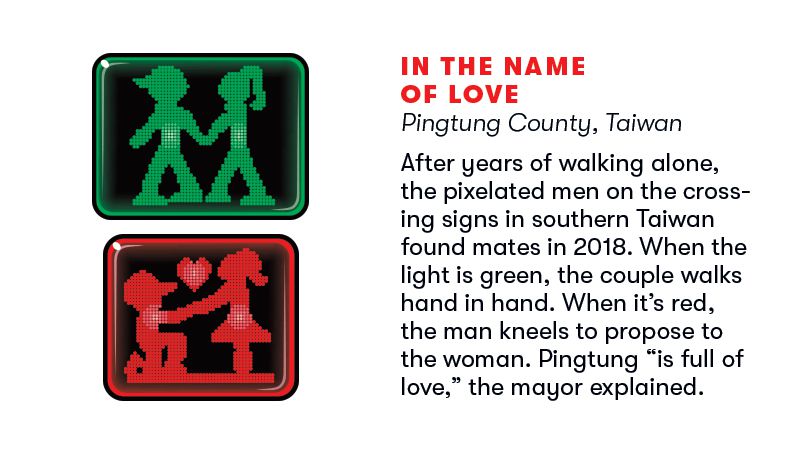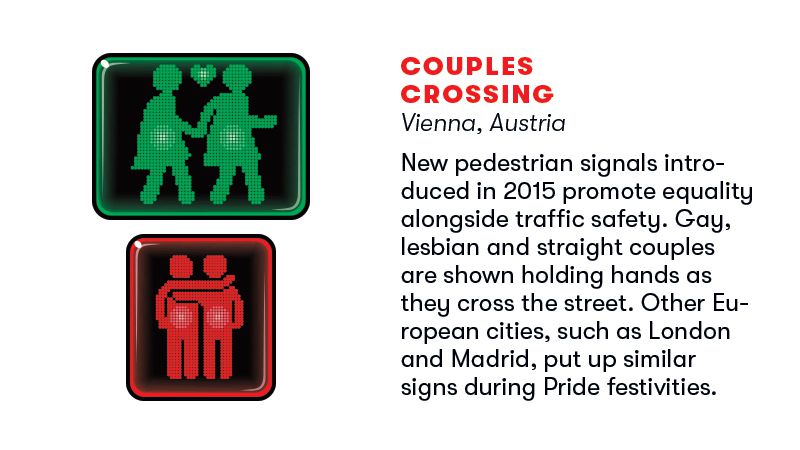Can you imagine a time when there were no traffic lights? They really weren’t needed until the appearance of automobiles. Roads were crammed with horse-drawn carriages, trolleys, bicycles, and pedestrians, and suddenly you had a vehicle that could go 40 miles an hour.
According to an article in the May 2018 issue of Smithsonian magazine, the traffic light was patented 100 years ago. Of course, there had been attempts to control traffic long before that (see “History” at https://en.wikipedia.org/wiki/Traffic_light ). But then an engineer named James Hoge designed a set of two lights, red and green adapted from railroad signals, that were suspended above an intersection and controlled by a policeman sitting in a booth on the sidewalk. This new contraption debuted on Euclid Ave. at 105th Street in Cleveland in 1914, and the patent was issued four years later. By 1930, all major American cities had at least one electric traffic signal, and the results were immediate — motor vehicle fatalities in the U.S. dropped by more than 50 percent between 1914 and 1930. And a traffic light became a symbol of progress; that’s when the “one stoplight town” insult originated.
Over time, the simple traffic light begat variations, including crosswalk signals. And humans seem to have a need to embellish; an interesting sidebar to the article is how crosswalk signals have been modified worldwide. For example, in Pingtung County, Taiwan, the walking man has a mate. When the light turns against him, he kneels to her in proposal. Vienna, Austria has crosswalk signals that promote LGBT equality. (Illustrations by Chris Lyons.)
Whoever thought a traffic signal could make a statement?
The article was “Let There Be Lights” by Megan Kate Nelson, on page 9 of the May 2018 Smithsonian magazine ( https://www.smithsonianmag.com/innovation/brief-history-stoplight-18
 0968734/).
0968734/).
